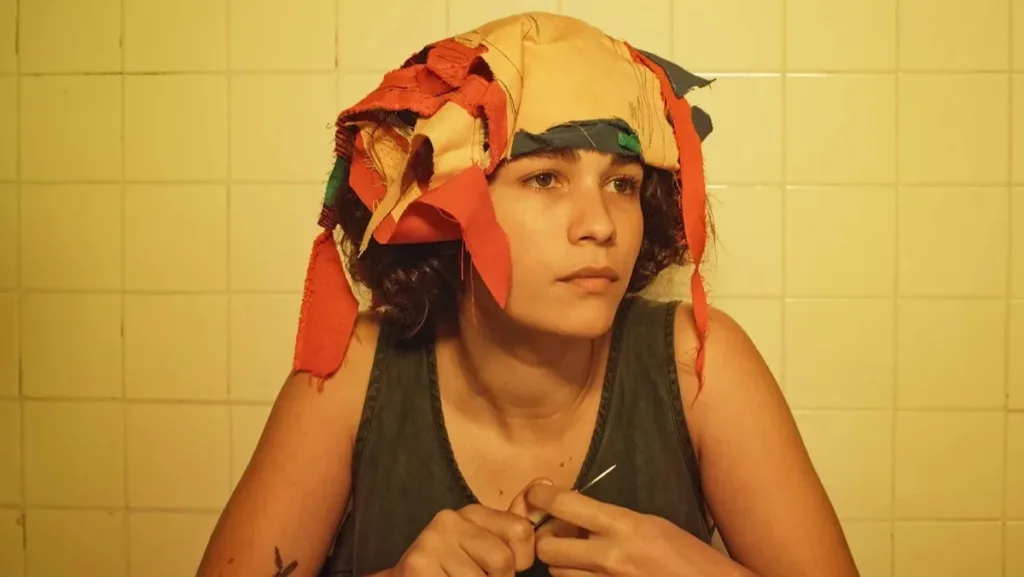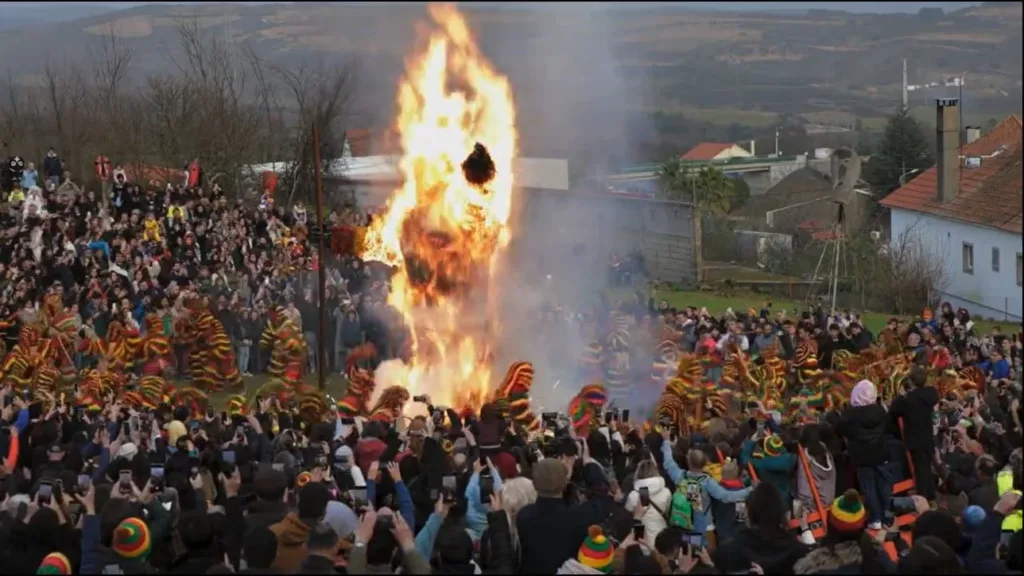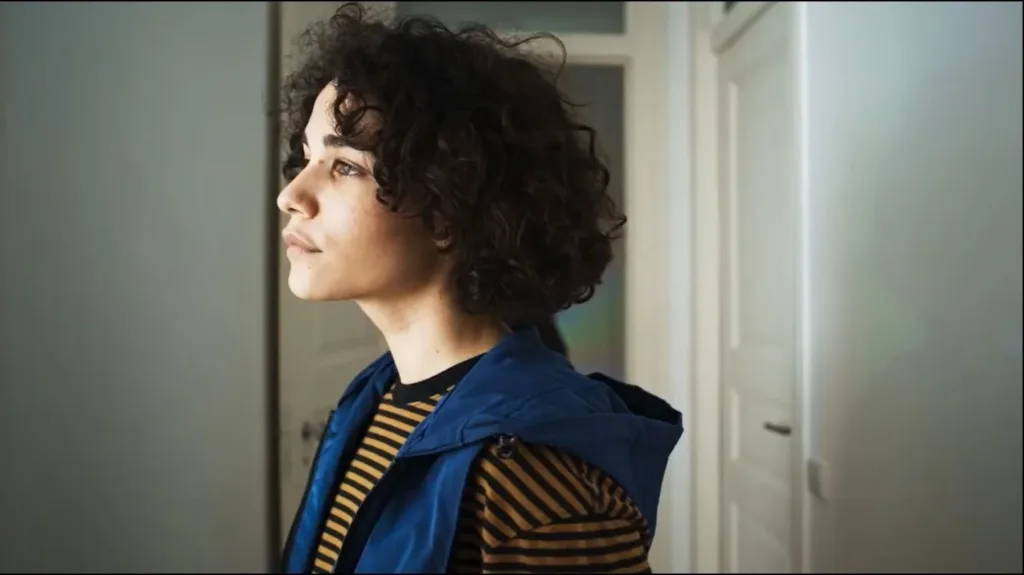Portugal in the 1950s saw a wave of repression as an authoritarian regime took power. Any dissenting political views were crushed under an iron fist. One group that faced especially harsh persecution were communists, with their party banned and driven underground. It was in these tumultuous times that Margarida Tengarrinha dedicated herself to the communist cause. A skilled artist, she would use her talents to help others in hidden fight.
Tengarrinha and her partner Jose worked from a secret studio in Lisbon. While most saw only a humble apartment, within its walls documents were forged and dissent flowed. Passports and writings that could aid those fleeing oppression. Despite the ever-present threat, their work uplifted those struggling against the dictatorship. But Tengarrinha’s commitment would not end there. When called to take on more within the party, she plunged even deeper into the shadows. Her new duties kept from light and love ones, surviving each day became a stealthy dance of survival.
Now in her film “Clandestina”, director Maria Mire seeks to shine light on the courageous stories of this time. Through both Tengarrinha’s own words and visuals that bridge past and present, the movie aims to connect history with today’s struggles. This review will analyze how successfully the techniques portray Tengarrinha’s hidden life and link her fight to continued efforts against injustice. Both accomplishments and shortcomings will be considered in providing a well-rounded assessment of Mire’s ambitious debut.
Life in the Shadows
The film introduces us to Margarida Tengarrinha, a dedicated communist living in 1950s Portugal. A time when those with dissenting political views faced oppression. We learn Tengarrinha receives a new role within the party, one that demands she retreat deeper into clandestinity.
From there, her days take on a hidden rhythm. Working from a secret apartment in Lisbon, her skills are put to the task of aiding others. Documents are carefully forged to help comrades on the run evade detection. Meanwhile, her writings spread word of their cause despite the ban. All the while, she remains wary of eyes that would see loyal members imprisoned or worse.
Throughout it’s Tengarrinha’s own recollections that guide us. Her spirited narration brings us into her world, offering a glimpse of perseverance against long odds. The years pass as the fight continues underground. But a heavy price is also seen, as she relates the tragic fate of her partner Jose. By 1961, the dictatorship’s shadow has long darkened the land yet the flame of dissent still burns, though few outside may see its light.
In following Tengarrinha’s covert life, we witness both the restrictions and resolve of those who would not be silenced. Their hidden war, kept alive through individual acts of courage and solidarity.
A Life of Conviction
In Clandestina, director Maria Mire crafts a multilayered portrayal of Margarida Tengarrinha. We find a woman dedicated to revolution, yet also a mother figure guiding others. Facing hardships, still her spirit remains unbent. The film develops her as a character who’s political fervor goes hand in hand with empathy for all people.
Through Ostrowskij’s focused performance, we feel the trials of restriction. Tengarrinha carries out stealthy work, while dangers dwell outside her walls. Surreal flashes offer glimpses within, showing the thoughts that likely kept her steadfast. Joy and fear, commitment and care – all parts of a life pledged to change. Daily routines too hold meaning as perseverance against a regime determined to crush dissent.
Mire integrates reality and imagination to fully convey Tengarrinha’s experience. Ostrowskij plays her as a figure touched by doubt at times, yet never wavering in her cause. Through blending styles, we better understand what motivated this woman’s struggles. Her character remains grounded, complex – admiring her talents yet also sympathizing with private burdens. In bringing Tengarrinha to the screen, Ostrowskij’s nuanced work honors a real activist’s enduring legacy.
Bridging Past and Present
In Clandestina, director Maria Mire takes a thought-provoking approach to visuals. She firmly plants us in Tengarrinha’s recollections, yet also branches into the current day. Scenes play out against one another, blurring boundaries between eras.
Stop-motion and vivid 3D snapshots appear where the narration drifts. Floating objects suggest contemplations beneath words, hinting how dissent endures through ties across time. But do these imaginings forge connections, or become detached impressions?
Therein lies room for critique. While ambition shines through daring experiments, location and props offer little context for modern sequences. We grasp surrealist symbolism less when realistic settings are absent. More familiar backgrounds could better situate today’s kindred activists, strengthening parallels to struggles past.
Still, Mire opens dialogue worth having through provocative juxtapositions. Her anachronistic method prompts reflection on activism’s evolution. With small adjustments, it could achieve fully its aim to map life’s ongoing fights against repression. As visual storytelling, perhaps further refining locations and their symbolic linkages would more powerfully span eras on screen.
Mire has the right instincts – may her next work strengthen techniques already pushing boundaries fruitfully. For bold cinematic thinking deserves perfecting, not discarding.
A Hidden Story Left Untold
As a committed communist against Portugal’s authoritarian rule, Tengarrinha’s story was undeniably political. Her resistance arose from firm beliefs and stands against oppression. Yet for all Mire’s film captures of her internal trials, an aspect remains overlooked – the very ideologies driving Tengarrinha’s activism.
While emotions felt ring sincere, their full power is diluted by lacking greater political context. Tengarrinha herself is distanced from the controversial issues and discourse important to her cause. As a result, much of what motivated this woman’s courageous acts passes only as subtext.
A fuller addressing of the period’s socio-political climate could have strengthened connections between past and present. Guest perspectives representing today’s varied struggles may have enriched understanding. Even through secondary characters, exploring challenging questions around ideological roots could have anchored emotions more profoundly.
Mire had an chance to honour both spiritual resilience and the intellectual foundations sustaining it. With nuanced handling, characters could have tactfully framed debates around issues still living – like censorship and participatory government – showing how history informs ongoing fights.
Tengarrinha gave her all to a vision of a freer tomorrow. Her full story, so deserving of the light, remains in shadow without a deeper look at the transformative ideas that lit her way.
A Story Well Told, Yet Incompletely
As the first feature from Maria Mire, Clandestina showed skill and passion for its subject. Through Tengarrinha’s own recollections and Ostrowskij’s moving lead role, moments of the past felt richly restored. Long-suppressed tales of courage under oppression were honored.
Mire also took risks, testing cinema’s flexible language to span generations. Ambitious techniques saw history conversing with the present. Stop-motion and haunting 3D snapshots breathed surreal life into the shadowy struggle of dissent.
Yet for all its strengths, some aspects held Clandestina back from full achievement. By neglecting deeper exploration of political context, connections between histories of activism felt incomplete. Locations and conversation required to situate modern scenes left viewers grasping.
With a director so determined to link eras, missed chances to unpack ideologies fueling courageous acts feel a loss. As it stands, techniques outweigh the clarity of their message. Mire has an artist’s soul, but this debut showed narrative focus equally vital.
While passion for its heroine’s story shines through, Clandestina ultimately raises more questions than it answers about resistance’s enduring spirit. With refining, Mire’s skills and vision could yet combine to move audiences profoundly.
A Story Worth Retelling
In concluding, Clandestina showed both triumph and room left for growth. Mire honored the bravery of Tengarrinha through personal recollections and Ostrowskij’s affecting lead. techniques testing cinema’s potential glimpsed history conversing with today.
Yet by overlooking fuller exploration of political contexts driving courageous acts, connections between struggles separated by eras felt incomplete. Locations and perspectives needed to properly situated modern scenes within Portugal’s socio-political climate were missing.
While Mire’s debut clearly aimed to forge continuity between past and present activism, insufficient framing around ideologies fueling dissent means the film sometimes raises more questions than answers. The director’s daring spirit and passion for her subject shine through, but narrative focus proved equally pivotal.
Ultimately, Clandestina confirms both Tengarrinha’s story and Maria Mire’s vision merit further telling. With refining already ambitious techniques and strengthening political threads uniting its generations, a future iteration could grant both heroine and filmmaker a platform to stir audiences as deeply as their drive intends. Some seeds may take root elsewhere, if given richer earth to flourish within.
The Review
Clandestina
While Clandestina tells an important story of courage and brings its protagonist vibrantly to life, narrative gaps prevent it from fully achieving its goal of illuminating connections between historical dissent and today's ongoing struggles. Mire demonstrates clear directorial flair and passion for her subject, but could take her thoughtful techniques further by strengthening political contextualization uniting the generations depicted. This remains a film with much to admire, though certain refinements would allow both it and Tengarrinha's exemplary legacy to more powerfully resonate.
PROS
- Compelling central performance that brings Tengarrinha's experiences to vivid life
- Ambitious techniques used to creatively juxtapose past and present scenes
- Attention to historical detail in recreating Tengarrinha's period of activism
- Opens dialogue on parallels between historical struggles and ongoing fights
CONS
- Lacks deeper exploration of political contexts driving protagonist's motives
- Modern scenes feel detached without clearer locations/participants
- Story could have addressed ideological roots sustaining dissent more
- Fails to maximize potential of its multi-generational storytelling





















































